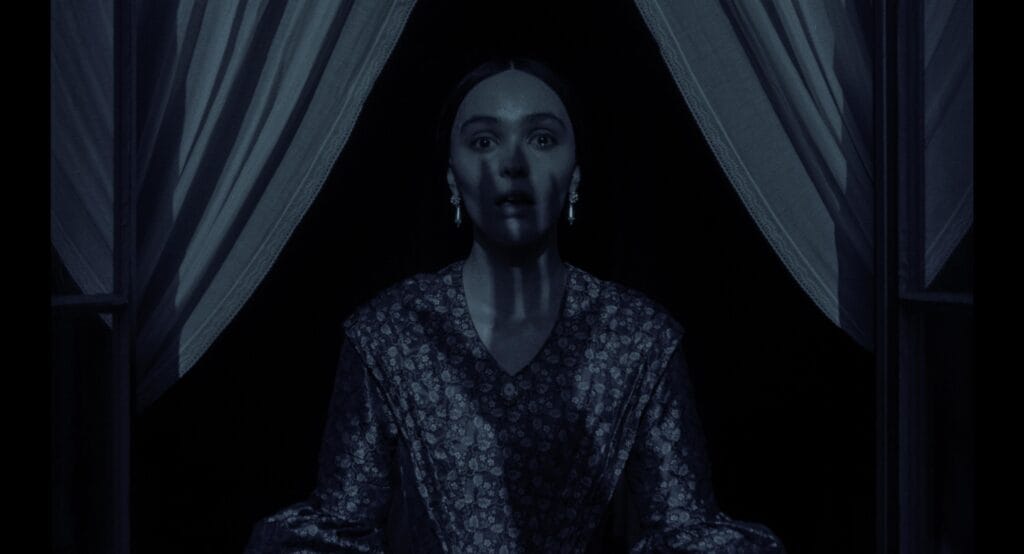
The Origins of Dracula and Nosferatu
The creation of Dracula by Bram Stoker
Bram Stoker's "Dracula," published in 1897, revolutionized the vampire genre with its rich narrative and complex characters. Inspired by folklore and his travels in Eastern Europe, Stoker crafted Count Dracula as a haunting figure who embodies both aristocratic charm and terrifying predation. The novel is structured as a series of journal entries, letters, and newspaper articles, giving readers a sense of realism and urgency. Some notable elements include:
- The use of modern technology as a means of tracking Dracula.
- Themes of sexuality and fear of the unknown.
Once I read this novel, I was captivated by its unsettling blend of romance and horror, ultimately defining what we expect of vampire tales.
The story behind Nosferatu: A German Expressionist masterpiece
"Nosferatu," directed by F.W. Murnau in 1922, is often regarded as the first vampire film to capture the eerie essence of Stoker's work without direct adaptation due to copyright issues. Murnau's expressionist style created haunting visuals that emphasized the supernatural, making the character of Count Orlok unforgettable. Key aspects of Nosferatu include:
- Innovative use of shadow and light.
- The portrayal of vampires as grotesque rather than romantic figures.
This film not only reflects the anxieties of post-World War I Germany but also set a precedent for future horror films, influencing the visual storytelling in cinema for decades to come.
Similarities and Variances Between Dracula and Nosferatu
Character portrayals in Dracula and Nosferatu
While both "Dracula" and "Nosferatu" center around iconic vampire figures, their characterizations diverge significantly. Stoker's Count Dracula is the epitome of seductive charm, embodying the allure of darkness. He intrigues and manipulates his victims, making them fall under his spell. In contrast, Count Orlok from "Nosferatu" is depicted as a grotesque, creature-like figure oozing horror. His unsettling appearance reinforces themes of dread over desire. Key differences include:
- Dracula's aristocratic demeanor versus Orlok's monstrous form.
- The presence of a romantic subplot in "Dracula," largely absent in "Nosferatu."
This juxtaposition gives viewers varying experiences of fear and fascination.
Legacy of Nosferatu on the horror film genre
"Nosferatu" not only solidified the visual style of horror films but also laid the groundwork for future interpretations of the vampire mythos. Its groundbreaking cinematography employed stark contrasts and shadows that would become staples in horror and thriller genres. Key contributions include:
- Innovative techniques in creating suspense.
- The portrayal of horror rooted in the uncanny rather than just gore.
The eerie atmosphere of "Nosferatu" still influences filmmakers today, proving that its legacy remains a guiding force in the horror cinematic landscape.
Dracula is "Nosferatu"
When considering the intertwined legacies of "Dracula" and "Nosferatu," one can’t help but draw connections between the two masterpieces in cinematic history. This film adaptation seeks to bridge the gap between Stoker's romanticized vampire lore and Murnau's haunting visuals. Key elements include:
- Character Development: Merging the charm of Dracula with the grotesque essence of Orlok.
- Visual Aesthetics: Combining elegant Gothic settings with expressionist techniques for chilling effect.
Aside from a few unnecessary jump scares, Eggers has created a Dracula film that transcends talent demonstration. His interpretation of "Nosferatu" offers a unique, grave atmosphere compared to other notable Dracula adaptations while also referencing some of them. This includes Murnau’s version, which was produced after the Spanish flu, as well as Werner Herzog’s 1979 "Nosferatu, the Vampyre".